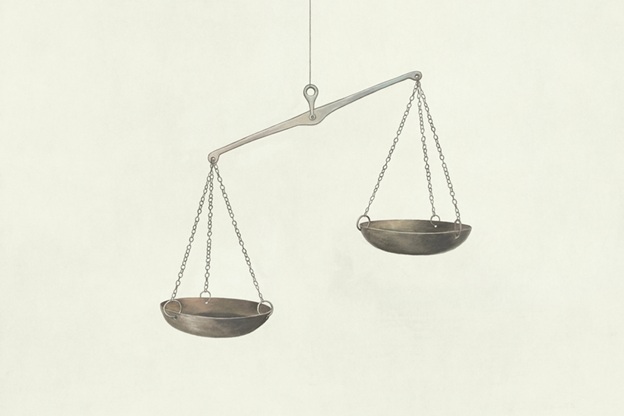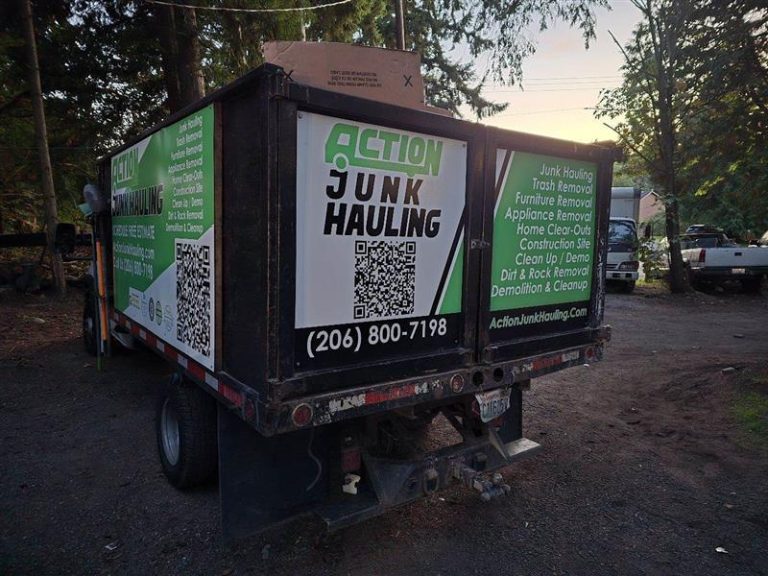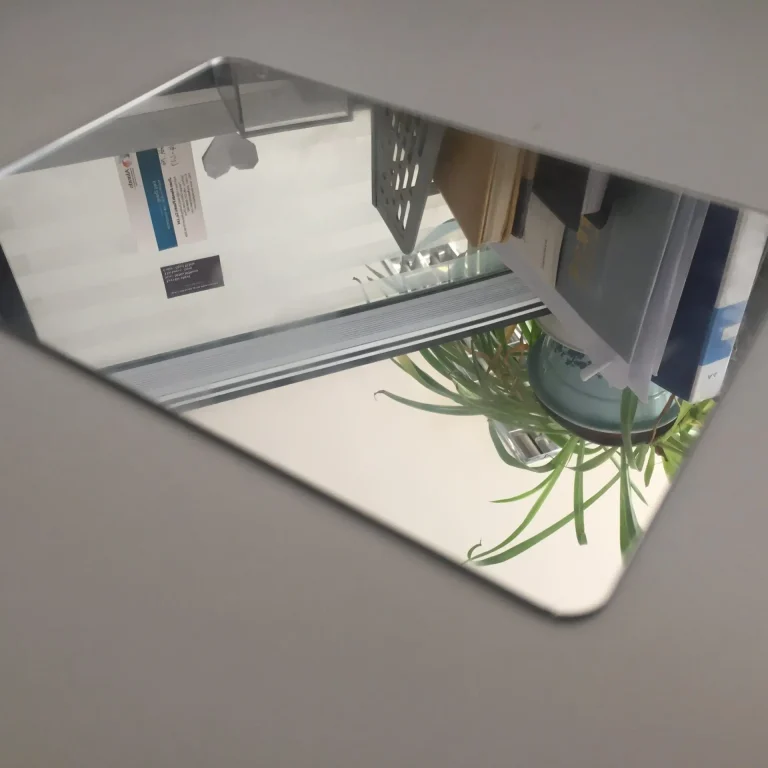Designing Efficiency: Mastering the Distribution Center Blueprint

In today’s fast-paced world of commerce, distribution centers play a crucial role in the supply chain. These facilities serve as the backbone of efficient product movement, from manufacturers to retailers and ultimately to consumers. Designing an effective distribution center requires careful planning, expertise, and a deep understanding of logistics processes.
Key Elements of Distribution Center Design
Layout and Flow
The layout of a distribution center is paramount to its efficiency. A well-designed floor plan optimizes the flow of goods, minimizing travel time and reducing the risk of bottlenecks. Distribution center architect Stendel + Reich and other experts in the field focus on creating layouts that facilitate smooth operations from receiving to shipping.
Storage Systems
Choosing the right storage systems is critical for maximizing space utilization and improving order fulfillment speed. Options include:
- Pallet racking
- Mezzanines
- Automated storage and retrieval systems (AS/RS)
- Carousels and vertical lift modules
The selection depends on factors such as product types, inventory turnover, and required picking speeds.
Material Handling Equipment
Efficient movement of goods within the facility relies on appropriate material handling equipment. This may include:
- Forklifts
- Conveyors
- Automated guided vehicles (AGVs)
- Robotic systems
The choice of equipment should align with the storage systems and overall layout design.
Importance of Efficient Distribution Center Design
Cost Reduction
A well-designed distribution center can significantly reduce operational costs. By optimizing space utilization and improving process efficiency, companies can lower labor costs, minimize inventory holding costs, and reduce energy consumption.
Improved Order Fulfillment
Efficient design leads to faster and more accurate order processing. This results in improved customer satisfaction and can give businesses a competitive edge in the market.
Scalability
A thoughtfully designed distribution center should accommodate future growth. Flexible layouts and modular systems allow for easy expansion or reconfiguration as business needs evolve.
Design Considerations for Modern Distribution Centers
Automation Integration
As technology advances, integrating automation into distribution center design becomes increasingly important. This may include automated sorting systems, robotic picking, and AI-driven inventory management.
Sustainability
Modern distribution centers often incorporate sustainable design elements, such as energy-efficient lighting, solar panels, and water conservation systems. These features not only reduce environmental impact but can also lead to long-term cost savings.
Employee Comfort and Safety
Designing with employee well-being in mind is crucial. This includes ergonomic workstations, adequate lighting, climate control, and clear traffic lanes for both pedestrians and equipment.
Technology Infrastructure
A robust IT infrastructure is essential for modern distribution centers. This includes wireless networks, real-time inventory tracking systems, and integration with warehouse management software (WMS).
The Role of Specialized Architects
Designing an efficient distribution center requires specialized knowledge and experience. Firms like Stendel + Reich bring expertise in logistics processes, building codes, and industry best practices to the table. These architects work closely with clients to understand their specific needs and create custom solutions that optimize operations.
Conclusion
Mastering the distribution center blueprint is a complex but crucial task in today’s competitive business landscape. By focusing on efficient layout, appropriate storage and handling systems, and forward-thinking design considerations, companies can create distribution centers that not only meet current needs but are also prepared for future challenges. Working with experienced architects and planners is key to achieving a design that maximizes efficiency, reduces costs, and supports long-term business growth.









